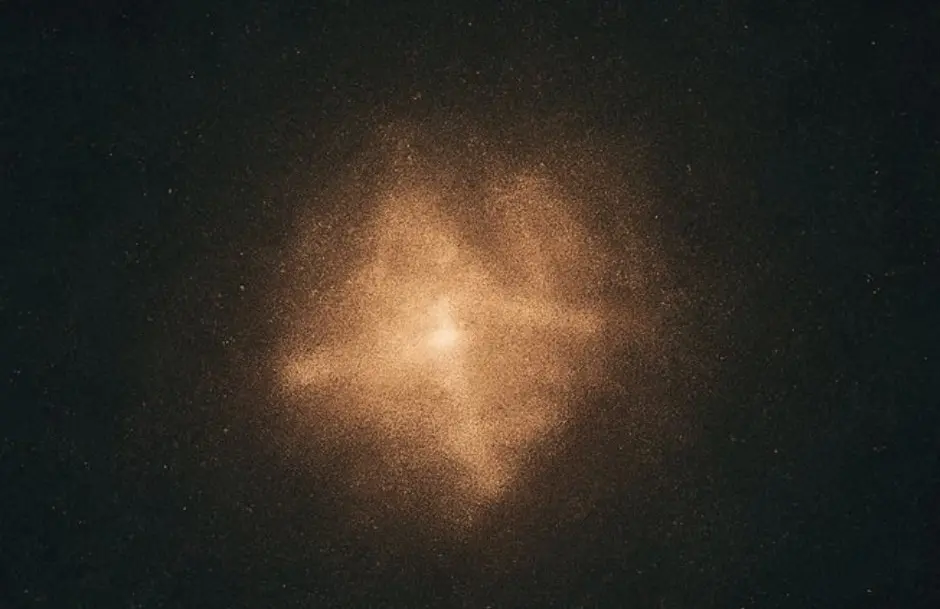Interstellar comet 3I/Atlas trends online after new clip leaves people guessing if it is rotating or not
-
 Image sourced via @Atlas__CTO
Image sourced via @Atlas__CTONew photos and short videos of the interstellar comet 3I/Atlas have recently appeared on many space pages and forums. After watching these clips, some people felt that the comet appeared to be turning or moving in a circle. Others said it looked like there were dust shapes or rings around it.
But none of this has been proven by scientists. Even though people are talking a lot about what they think they see, there is no confirmed sign that the comet is rotating or doing anything strange.
How people started thinking the comet was rotating
Some hobby sky-watchers and space photographers shared videos that seemed to show small movements around the comet. A few posts that caught attention were:
1. A video comparing old and new images
One clip compared 3I/Atlas to older ESA ExoMars footage, making it appear as though the comet was turning. But this video has not been checked or confirmed by any space agency.
2. A new video from an astrophotography page
Another video went online where people said it "looked like rotation." This was what viewers felt when they looked at it. There is no scientific evidence to support the claim.
3. Stacked long-exposure photos
One person combined many long photos and said they saw five bright spots around the centre. Experts explain that this can happen because of:
- dust jets coming from the comet
- camera shake
- changes in the coma (the cloud around the nucleus)
These things can create shapes that appear to be spinning, but they are not.
4. Claims of big dust rings
Some images online showed wide rings around the comet. They look dramatic, but NASA or ESA has not confirmed them.
So, many of these “rotation” ideas come from how cameras capture light, not from the comet itself.
What we know for sure about 3I/Atlas
These facts are confirmed:
- It was discovered on July 1, 2025, in Chile.
- It came from outside our Solar System.
- It is on a hyperbolic path, so it will not come back.
- It is moving extremely fast — more than 210,000 km/h.
- It passed closest to the Sun on 30 October 2025.
Where the comet is now
After going behind the Sun in October, the comet is now in a position where telescopes can see it again.
- Best time to see: Before dawn
- Direction: Low in the east
- Needs: At least an 8-inch telescope
- Closest planet: Mars, 29 million km away (2–3 October)
It cannot be seen with the naked eye.
Why scientists are watching it
3I/Atlas may contain frozen gases and materials from a very cold place around another star. Since interstellar objects are extremely rare, scientists want to study them as much as possible.
Only two such objects have been seen before:
- Oumuamua
- Borisov
Is the comet spinning?
Right now, no.
No space agency has confirmed any rotation or unusual motion.
NASA and ESA are still studying the images. More updates are expected soon.
For now, the “spinning look” seen in videos is most likely due to:
- camera angles
- long-exposure photos
- dust activity
- light reflections
3I/Atlas is simply a very fast and interesting visitor passing through our Solar System, and scientists will continue to watch it as it travels outward.
TOPICS: 3I/ATLAS
- Avi Loeb explains why the 3I/Atlas interstellar comet is not a threat during its pre-Christmas Earth flyby
- Avi Loeb highlights a new strange anomaly in interstellar comet 3I/Atlas that raises fresh questions for scientists
- NASA’s MAVEN spacecraft detects signs of hydrogen coming from comet 3I/Atlas as scientists study the interstellar visitor closely
- ISRO captures rare and close-up image of fast-moving interstellar comet 3I/Atlas as scientists continue tracking its path